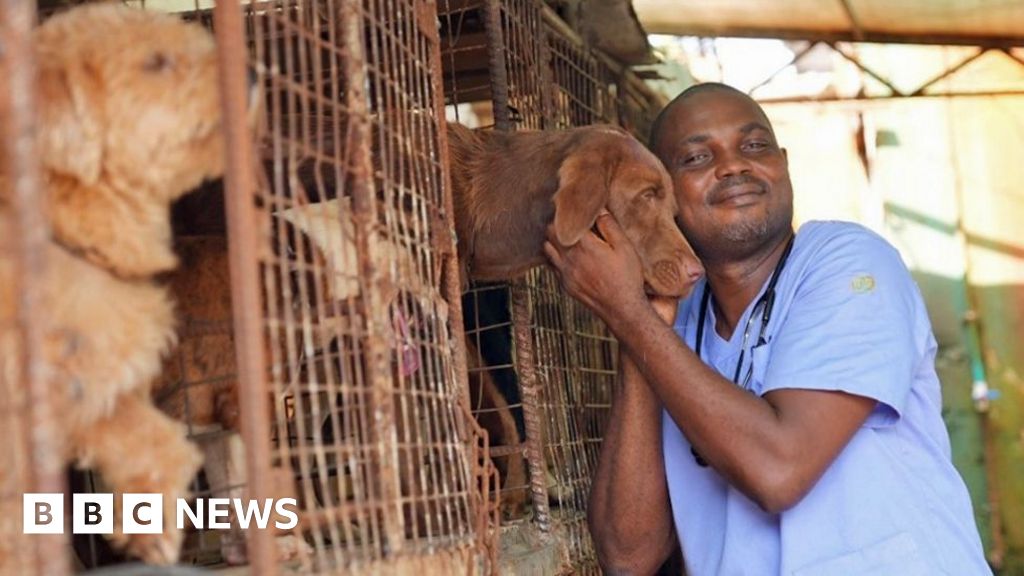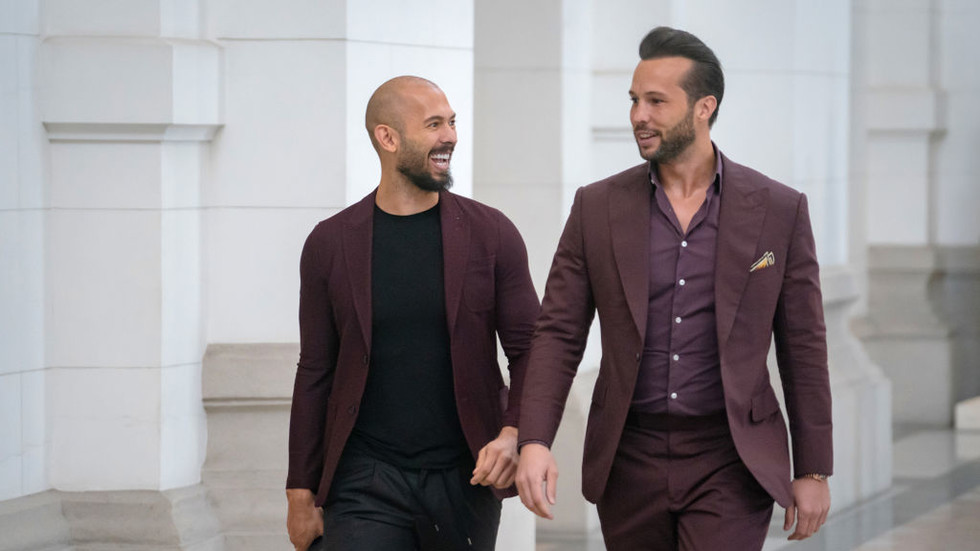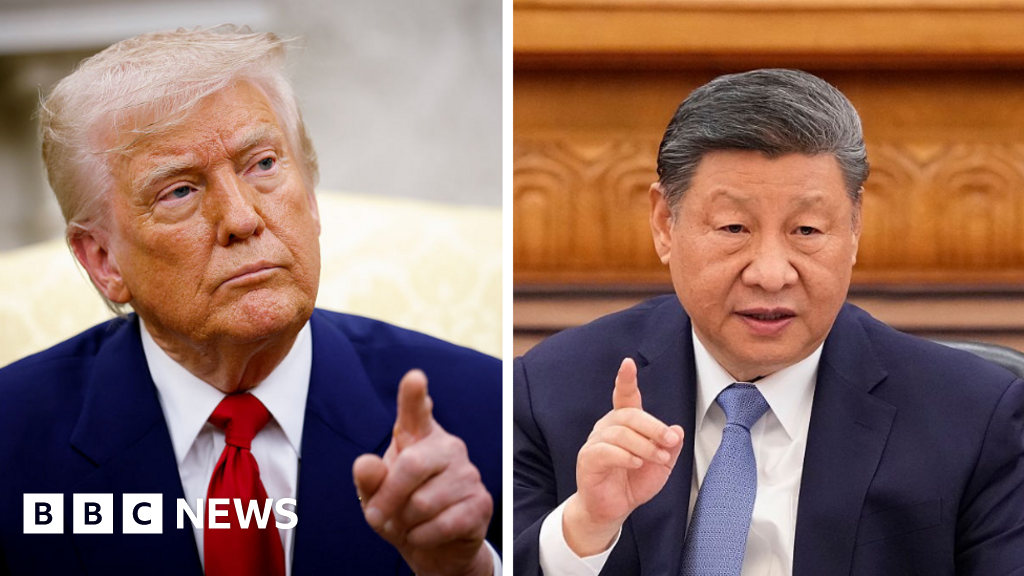Pope Leo XIV spent two decades working in Peru’s poorest enclave and appears to be in the mold of Pope Francis — who carried a legacy as “the people’s pope” for his outreach to those on society’s margins.
The Chicago-born pontiff is the first American to lead the Catholic Church, and while his positions on some of the church’s hot-button issues remain unclear, he has signaled continuity with his predecessor, who challenged norms, embraced migrants and the poor, and sought to build an inclusive church.
“The bishop is not supposed to be a little prince sitting in his kingdom, but rather called authentically to be humble, to be close to the people he serves, to walk with them, to suffer with them, and to look for ways that he can better live the Gospel message in the midst of his people,” then-Cardinal Robert Prevost said in an interview in October.
Here is what we know so far about Leo XIV’s political and social views.
He has voted in Republican primaries
A native of Chicago, Leo XIV voted in Illinois’s Republican primaries in 2012, 2014 and 2016, according to voter registration records.
He has voted in general elections, as well, most recently via an absentee ballot in November. (Illinois voters choose which party’s primaries they want to vote in.)
His views on women in the church appear aligned with Francis
During his papacy, Francis opened more leadership roles to women than did any previous pontiff and established commissions to study the possibility of women becoming deacons.
Francis also turned to then-Cardinal Prevost repeatedly, including having him oversee a revolutionary reform that added three women to the voting bloc that decides which bishop nominations go forward to the pope. But Francis maintained clear limits, repeatedly affirming the church’s teaching barring the ordination of women as priests.
Leo has expressed similar limits about women’s governance in the Catholic Church. During a 2023 Vatican news conference, he said that “women can add a great deal to the life of the church on many different levels,” acknowledging the “slow process” of expanding women’s roles within the church and the Holy See. Yet he rejected the idea that ordaining women would necessarily address concerns about representation or equality, saying that “‘clericalizing women’ doesn’t necessarily solve a problem, it might make a new problem,” the National Catholic Register reported.
He has championed action to address the climate crisis
Then-Cardinal Prevost once urged that society move “from words to action” to address the climate crisis. “Dominion over nature” should not become “tyrannical,” he said according to Vatican News, and instead must be a “relationship of reciprocity” with the environment.
His views on LGBTQ+ issues may diverge from Francis.
Francis made strides with LGBTQ+ outreach, once stating: “If someone is gay and is searching for the Lord and has good will, then who am I to judge?”
As bishop in Chiclayo, Peru, Leo opposed a government plan to add teachings on gender in schools, according to a recent article from the New York Times, telling local news media: “The promotion of gender ideology is confusing, because it seeks to create genders that don’t exist.”
In a 2012 address to bishops, the New York Times reported, Leo said Western news media and popular culture promoted “sympathy for beliefs and practices that are at odds with the Gospel,” such as the “homosexual lifestyle” and “alternative families comprised of same-sex partners and their adopted children.”
Aaron Schaffer, María Luisa Paúl, Emily Wax-Thibodeaux and Rachel Hatzipanagos contributed to this report.











 English (US) ·
English (US) ·